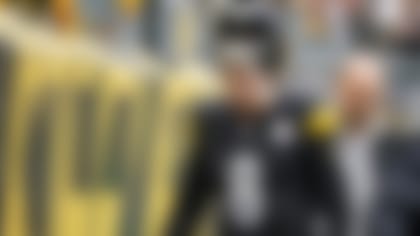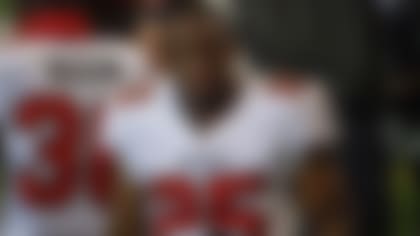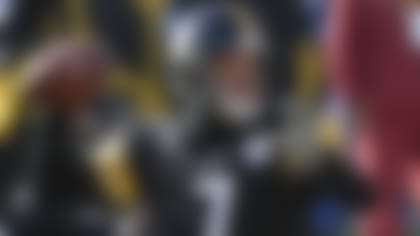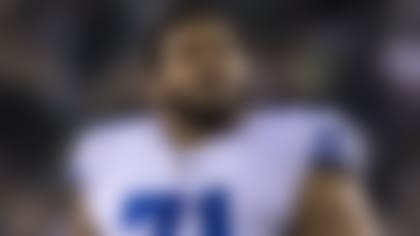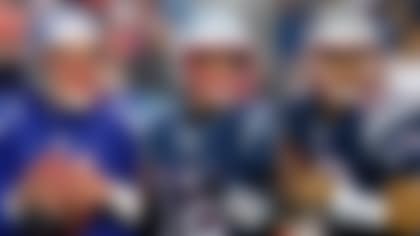This item also appears in Albert Breer's Oct. 20 Inside The NFL notebook.
In 1998, Peyton Manning was as safe and pro-ready a quarterback prospect as they come. In 2011, Cam Newton was seen as a spectacular athlete, but a risk because he was raw at the position.
Both started in Week 1 as rookies, Newton with a truncated offseason. Their respective numbers through six weeks …
MANNING (1998): 113-210 (53.8 percent), 1,346 yards, 6 TD, 14 INT
NEWTON (2011): 134-229 (58.5 percent), 1,847 yards, 7 TD, 9 INT
So Newton threw more, for a higher completion percentage, more yards, more touchdowns and fewer interceptions than Manning. Both players' teams were 1-5 at that juncture.
Brooks: If Luck wasn't involved ...
Picking the best college QB isn't hard, but after Andrew Luck the picture isn't as clear. Bucky Brooks examines who is next. **More ...**
On top of that, going into last week, the Panthers had more explosive pass plays than any other team in the league, with Newton having thrown for every one of them. Already, teams are having to re-adjust the way they defend him.
"He'll break contain, then throw it, and there'll be a big play there for him," said one NFC executive. "You'll see more game plans now so he's not throwing it over your head. You have to get him in the situation where the field gets shorter on him, and make him make tighter throws. Red-zone scoring is where you see the rookie in him, where the field is constricted."
And as such, Newton has to keep adjusting, like every young quarterback does.
But all this begs the question: Will the 2010 Heisman Trophy winner change how the NFL looks at athletic, spread quarterbacks? The answer might just be yes.
"If you're looking for Aaron Rodgers or Peyton Manning, a guy that can take the snap, say, 'What's the coverage, here's the change we need, here's our routes,' and then find that hole in the coverage and throw it there -- to do all that in 3.5 seconds is amazing," said the NFC exec. "But get this type of quarterback in the spread, and he doesn't have to read. Cam is 6-foot-6, 260, so he doesn't have to anticipate.
"He makes plays by buying time in the pocket, and it's easier for him -- you don't rush as much, because if you rush, there's a lane open and he'll go. So he buys that time, and gets some more from the lack of rush, and eventually, the coverage will break down."
Ben Roethlisberger has won two Super Bowls in that manner, and Newton is further proof that it doesn't have to look Montanian for it to work at the quarterback position. The NFC exec said, "I definitely put a note in my head about this kind of guy, seeing Cam's success," and he thinks one player who could be a draft-day beneficiary of that prosperity is Baylor quarterback Robert Griffin.
Like Newton, Griffin (6-2, 220) is a freak athlete -- more explosive, but not as big as Newton -- and has the accuracy to make throws both from a stationary position and on the run to exploit a defense wary of his feet. If Griffin bolts Baylor early, he won't threaten Andrew Luck's spot at the top, but could creep up on Oklahoma's Landry Jones or USC's Matt Barkley, both juniors also, on draft boards.
Newton is unique. But with Griffin, as a mobile quarterback who can throw with accuracy (stunning 78.0 completion percentage, 22-2 TD-INT ration through six games), there is carryover in evaluation.
"He's more like (Mike Vick) as a runner, quicker, more elusive," said the exec. "But he can really throw it, coming out of that spread, and buy time for a play to develop. If Cam's helping anyone now, it's him."
Follow Albert Breer on Twitter @AlbertBreer
